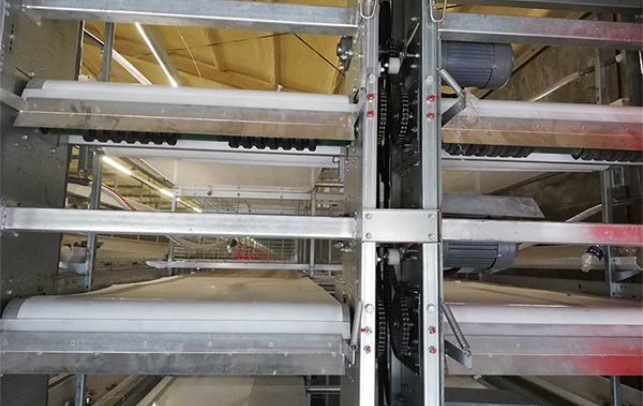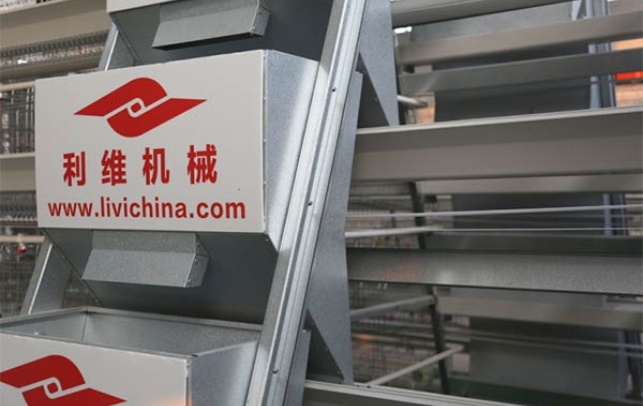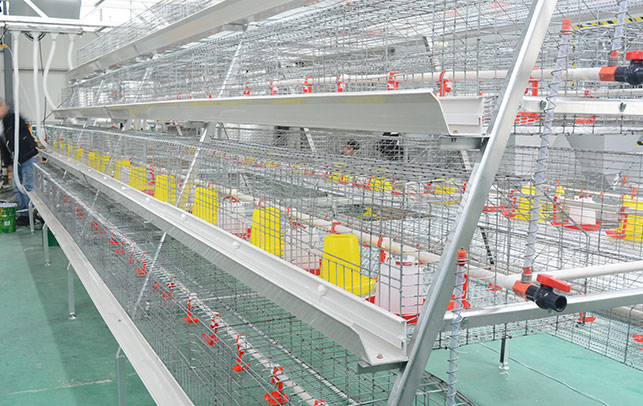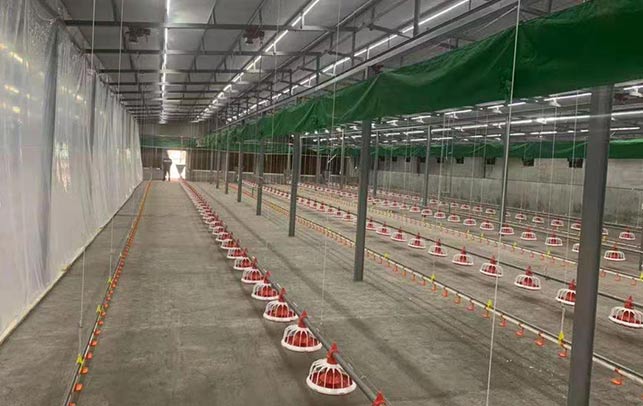Poultry Farm Equipment Installation Guide
Time : 2025-03-28
Are you looking to set up a new poultry farm? Do you need a reliable installation guide for poultry farm equipment? You’re in the right place! Installing poultry farm equipment might seem daunting, but with this guide, we’ll break it down for you step by step. Whether you’re a beginner or a seasoned farmer, this article will provide you with valuable insights to ensure a successful installation.
Introduction to Poultry Farm Equipment
Poultry farming involves raising chickens, turkeys, ducks, or geese for meat or eggs. To ensure your poultry farm runs smoothly, it’s essential to have the right equipment in place. From feeding systems to lighting and ventilation, there’s a variety of equipment to choose from. This guide will help you navigate through the installation process and set the foundation for a productive farm.
Why a Professional Installation Guide is Necessary
Installing poultry farm equipment correctly is crucial to prevent future problems, increase efficiency, and maximize profits. A professional installation guide can save you time, money, and potential headaches. Let’s dive into the details!
Step-by-Step Guide to Installing Poultry Farm Equipment
1. Plan Your Layout
Before you begin installing your equipment, take some time to plan your layout. Consider the following factors:
- Size of your farm
- Type of poultry you’re raising
- Space required for feeders, waterers, and nests
- Accessibility and ease of maintenance
Once you have a layout in mind, make sure to follow it closely throughout the installation process.
2. Select the Right Equipment
The right equipment can make a huge difference in the efficiency of your poultry farm. Consider the following equipment for your installation:
- Feeding Systems: Gravity feeders or chain feeders to provide your poultry with consistent nutrition.
- Watering Systems: Automatic drinkers or manual cups to keep your poultry hydrated.
- Nesting Boxes: Comfortable, sanitized nests for egg production.
- Ventilation Systems: fans and exhaust fans to maintain air quality and temperature control.
- Lighting Systems: Timed lighting to regulate your poultry’s natural light cycle and productivity.
3. Install Feeders and Waterers
Start by installing your feeders and waterers. Follow the manufacturer’s instructions for mounting and positioning them within your poultry farm. Make sure they are easy for your birds to access and clean up after.
4. Set Up Nests and Perches
Provide comfortable nests for your laying hens and sturdy perches for your broilers. Place nests at the correct height to ensure optimal egg production. Make sure the perches are evenly spaced and securely fastened.
5. Install Ventilation and Lighting Systems
The ventilation system should be installed in a way that allows for air circulation without allowing rain or predators to enter the poultry farm. Install the lighting system according to the manufacturer’s guidelines, considering the natural light cycle and your birds’ needs.
6. Conduct Pre-Operational Tests
Before officially starting your poultry farm, perform a thorough pre-operational test to ensure everything is functioning correctly. Check the feeding and watering systems, lighting, ventilation, and temperature controls. Address any issues immediately to avoid any problems later on.
Final Thoughts
Installing poultry farm equipment might seem overwhelming, but with a clear plan and the right guidance, you can set up a successful and efficient poultry farm. By following this guide, you’ll be well on your way to achieving a thriving poultry business.
Remember to keep safety and sanitation at the forefront throughout the installation process. With a little patience and effort, your poultry farm will be up and running smoothly in no time.
Thank you for reading this guide. If you have any questions or concerns, feel free to leave a comment below.











